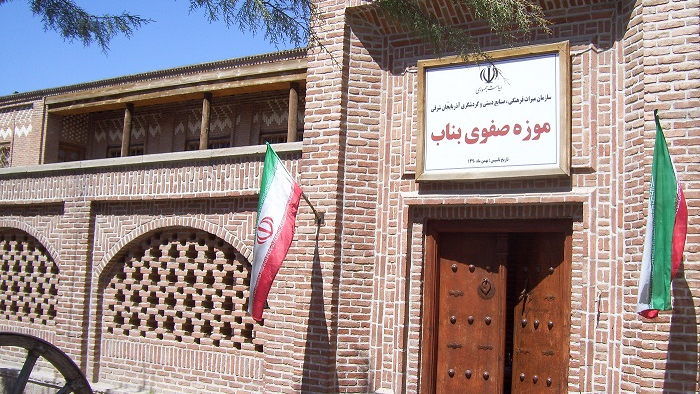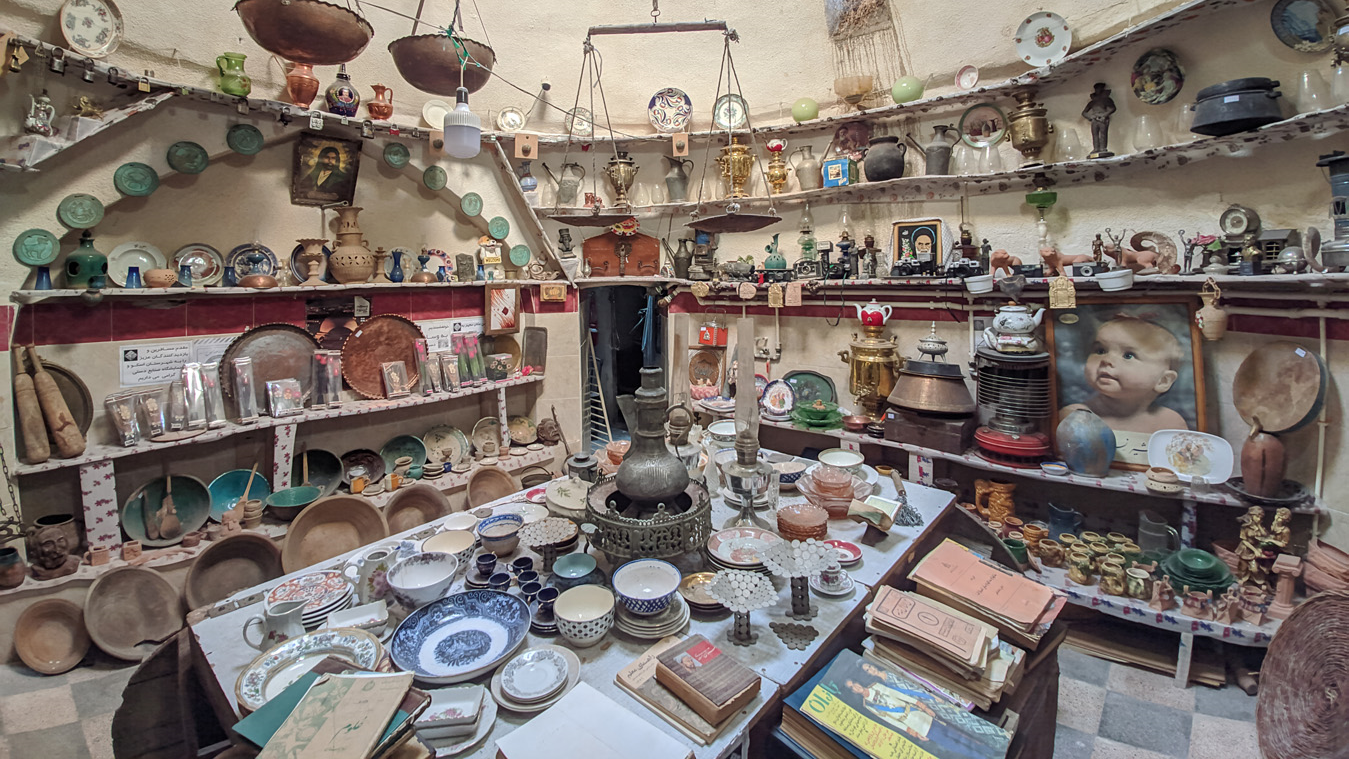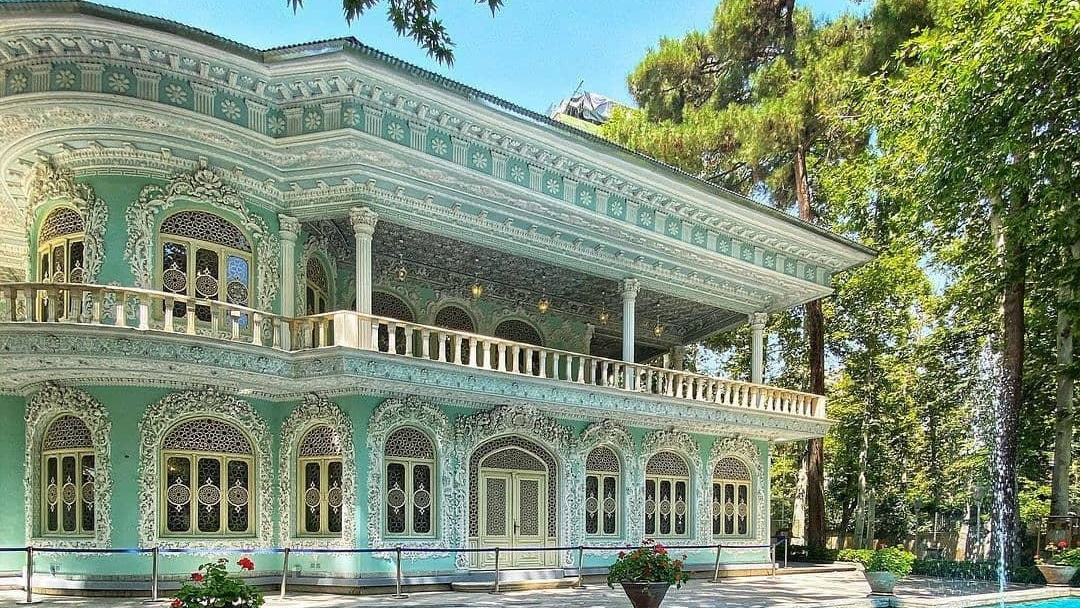
Vahshi Bafqi’s House
Bafq Museum of Anthropology, which has been set up in the house of a famous Iranian poet, Vahshi Bafqi, displays the story of the life of people who had adapted to the harsh nature of a desert city and had been able to leave behind a rich and meaningful legacy.
Who Was Vahshi Bafqi?
Kamal al-Din or Shams al-Din Mohammad Vahshi Bafqi was a famous Iranian poet who was born in Bafq in the year 1532 AD and passed away in Yazd in 1582. As a child, Vahshi Bafghi studied in his own city and then went to Yazd to benefit from the teachers of that city. After living in Yazd and Kashan for a few years, he went to India and returned to Yazd (or Kerman) toward the end of his life.
Vahshi Bafqi spent his entire life in poverty. That is why expressions of loneliness are quite evident in his poems. Unrequited love, difficult life, and the sufferings he went through formed the main themes of Vahshi’s ghazals.
Several works of poetry have been left behind by Vahshi Bafqi, of which “Farhad and Shirin”, the story of two famous lovers in Persian literature, can be considered the most famous of them. A divan of poems by Vahshi Bafqi has also been published, which consists of his sonnets, odes, and other forms of poems composed by him. This divan comprises a total of 9076 verses.
Vahshi Bafqi’s House
Vahshi Bafqi’s House is located in the east of the Jame Mosque of Yazd and is built in a quadrilateral shape. This house was inscribed on the list of Iran’s national heritage in 2006.
Like many other historical works in Yazd, adobe and clay were used to build this house. Vahshi Bafqi’s House has a large and beautiful porch and seven small and separate rooms. These rooms were built on four sides of the yard, and each of them hosted the people of the house in a particular season of the year.
There is a cellar in the eastern part of the house, where a stream of water flowed in the past. This stream made the air in the cellar, which was lower than its surroundings, quite cool in the summer and was a shelter to avoid the scorching heat of Yazd summers. Being cooler than other parts of the house, the cellar was also used to store items.
The lighting of the rooms was provided by numerous and relatively large windows. These windows were made in a simple way using wood and placed in simple arched frames.
There was an old tombstone on the wall of the house in the past, because of which some local people considered it sacred and went to visit it. This tombstone does not exist anymore.
Vahshi Bafqi and His House
As Vahshi Bafqi has shown in his poems, he was very fond of his house. Despite his many travels, in the last years of his life, after settling in Yazd, he rarely left the city and chose to live in seclusion. Yazdi elderly people’s memories of their fathers confirm this statement. They narrate that during the last years of his life, Vahshi Bafqi used to sit in an alley called “Aruk” in the evenings and talk to the elders. Finally, after his demise, he was buried in front of the same alley.
Bafq Museum of Anthropology
Currently, this house is known as the Bafq Museum of Anthropology, and it exhibits parts of the life of the people of this desert region. Old ornaments, traditional medicine tools, perfumery equipment, agricultural tools, weaving and blacksmithing, pottery and metal utensils, lighting equipment, local clothes, and handicrafts are various objects displayed in this museum.
The small porch of this house is used for displaying such items as a hand spinning wheel, a wicker table, and stoneware. There are also some old well wheels in the yard. In the past, a well wheel was used as a tool to remove soil from water wells. This device was widely used in digging and dredging qanats.
Bafq Museum of Anthropology, which has been set up in the house of a famous Iranian poet, Vahshi Bafqi, displays the story of the life of people who had adapted to the harsh nature of a desert city and had been able to leave behind a rich and meaningful.
| Name | Vahshi Bafqi’s House |
| Country | Iran |
| State | Yazd |
| City | Bafq |
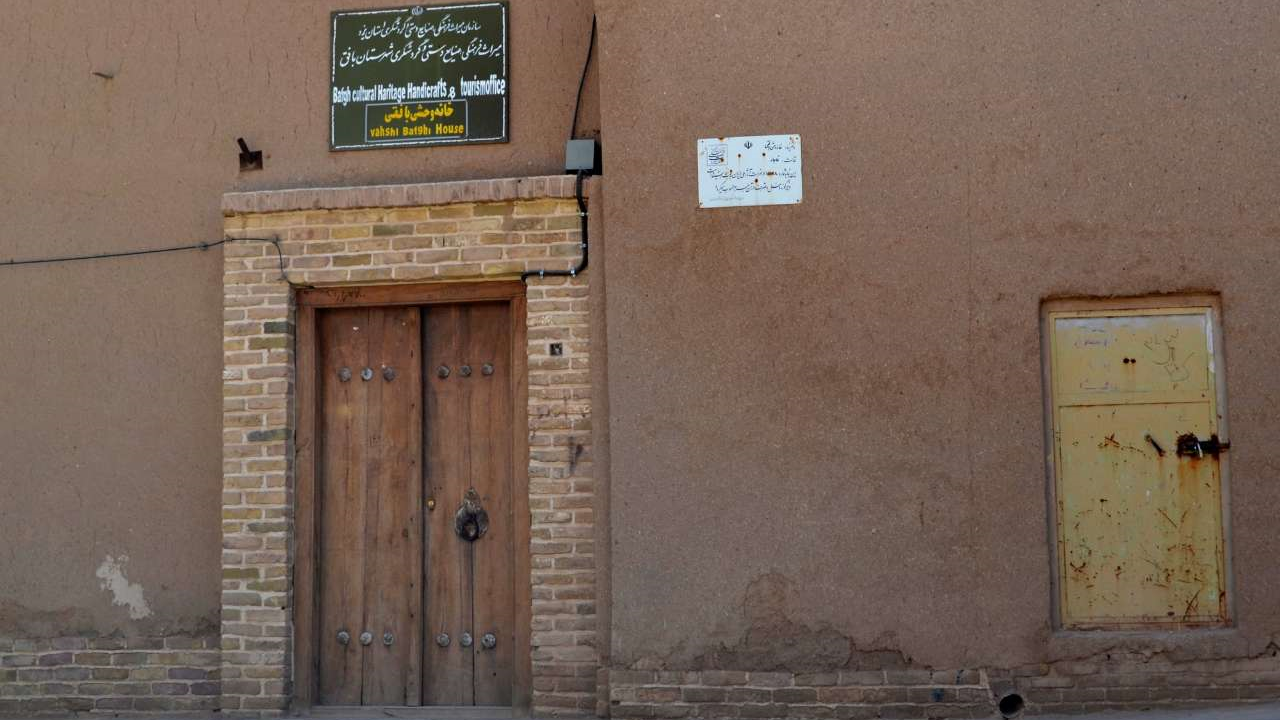
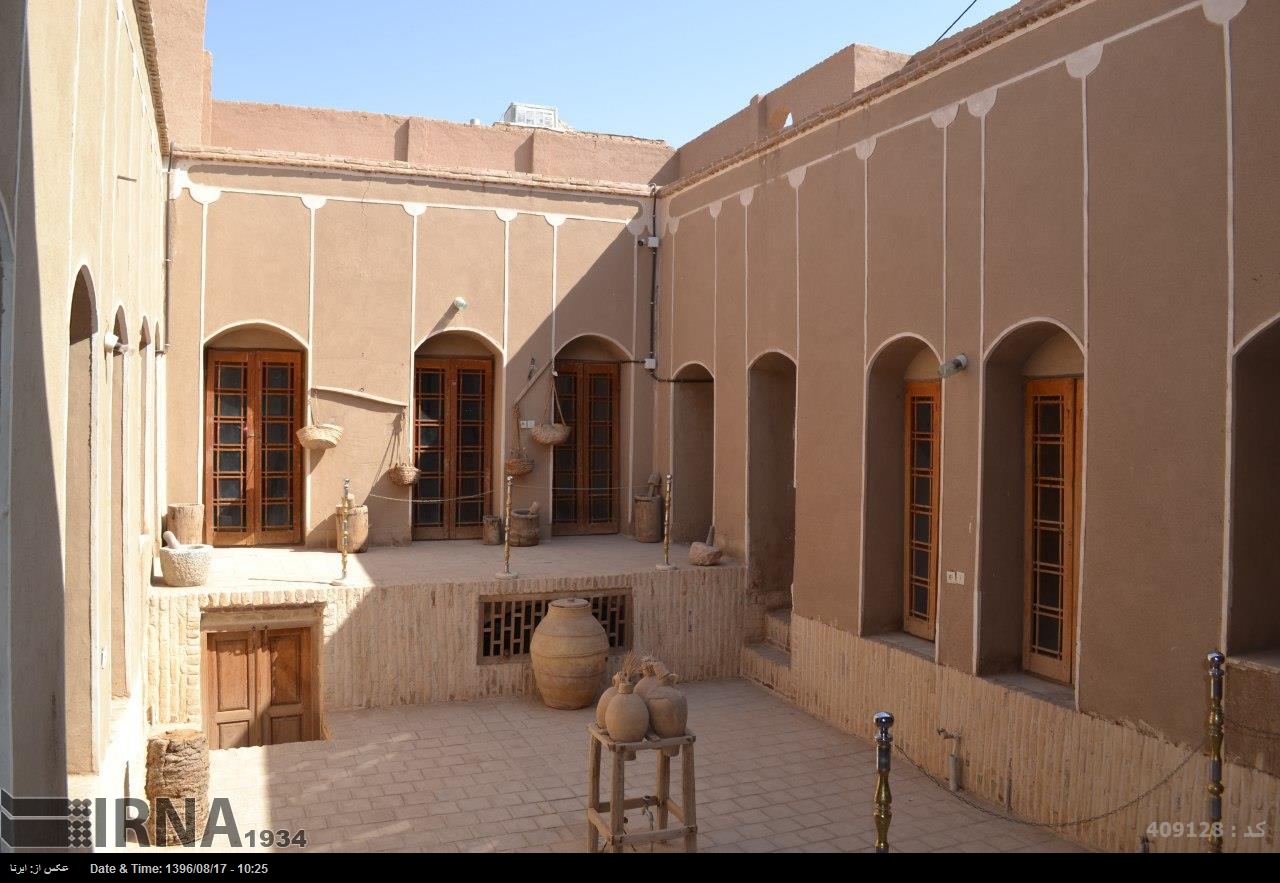
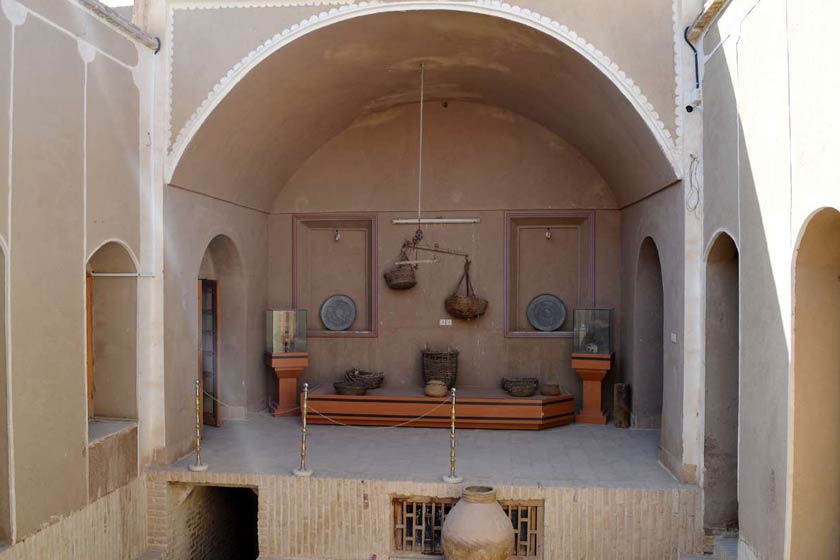
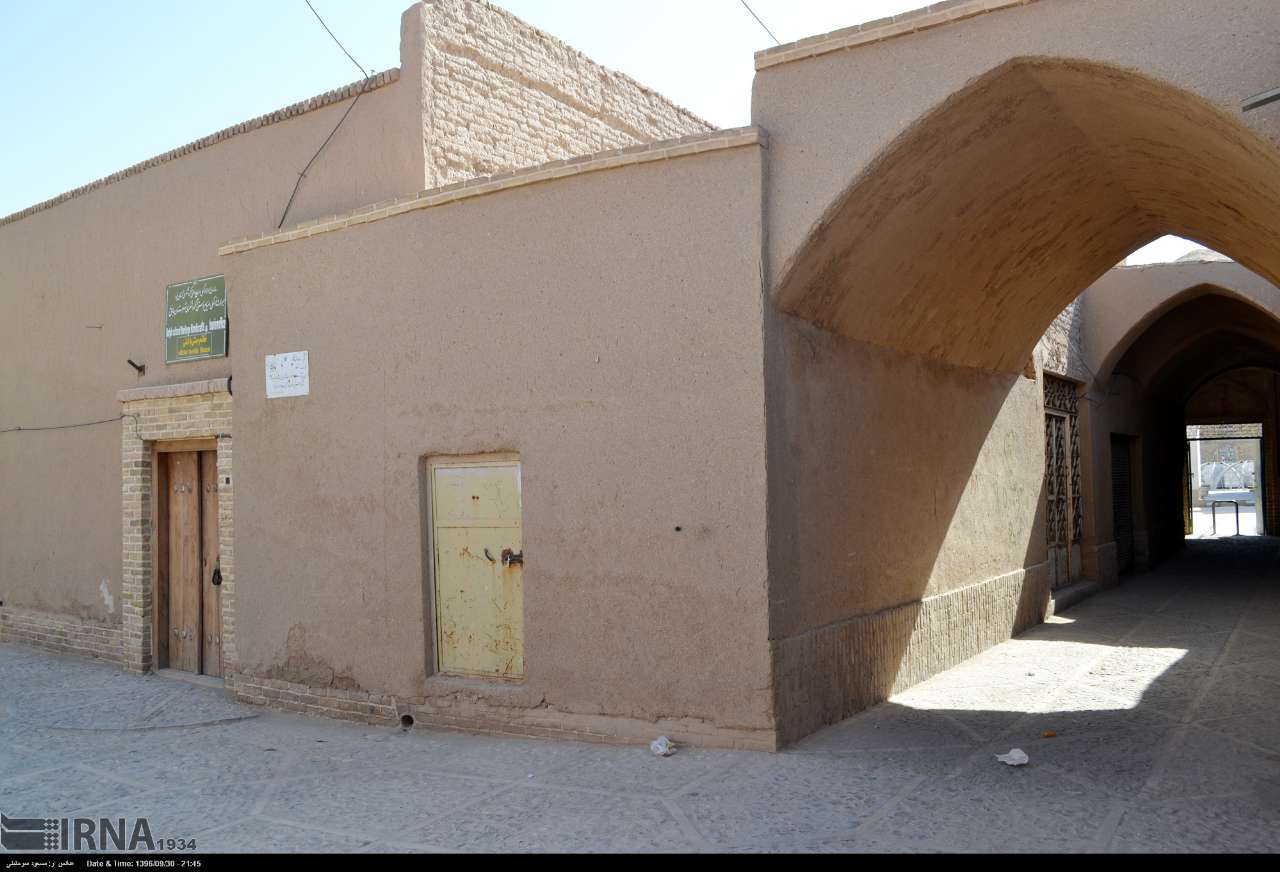




Choose blindless
Red blindless Green blindless Blue blindless Red hard to see Green hard to see Blue hard to see Monochrome Special MonochromeFont size change:
Change word spacing:
Change line height:
Change mouse type:
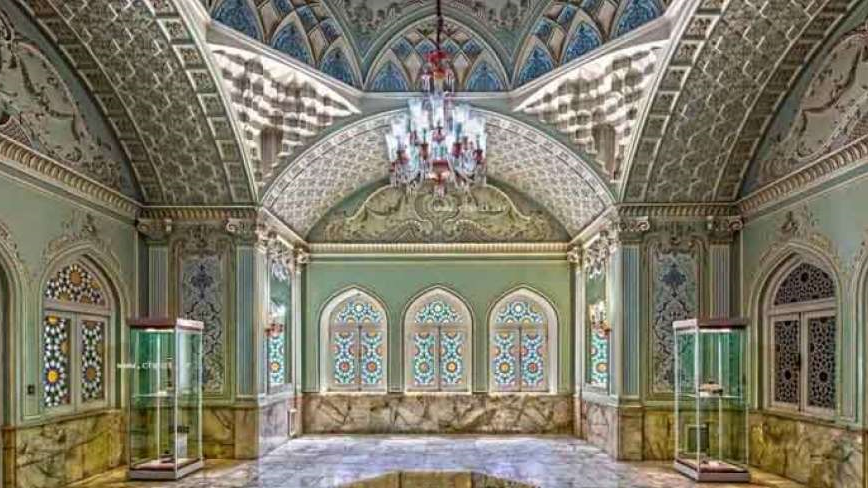


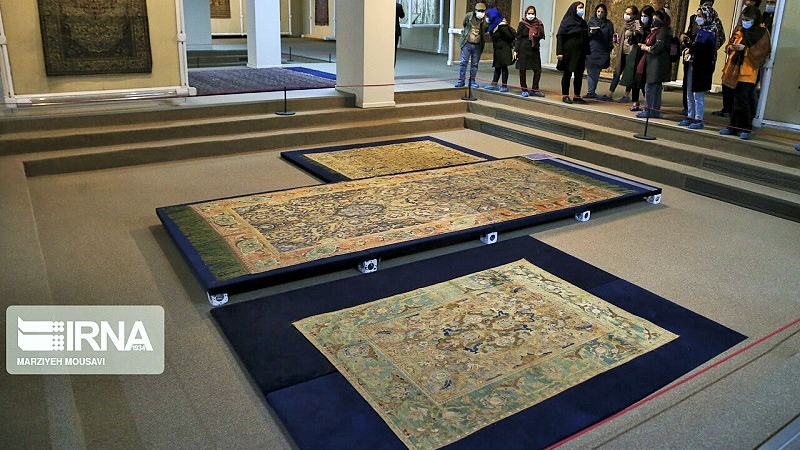
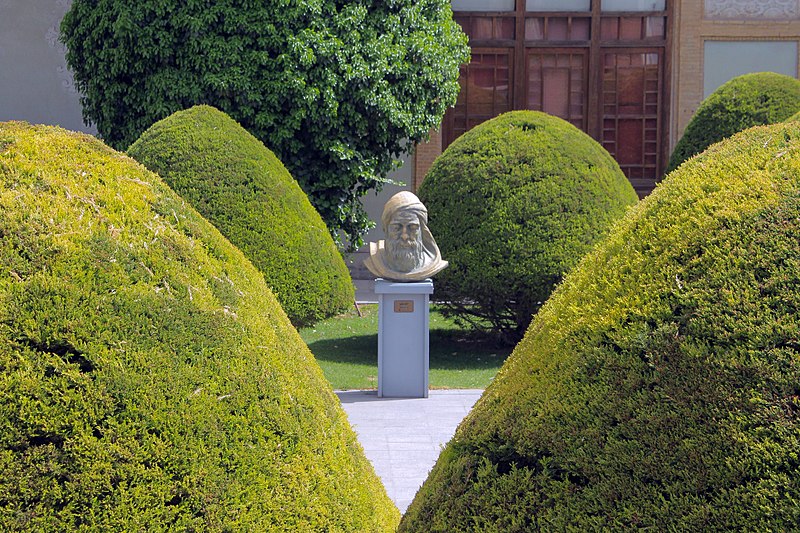
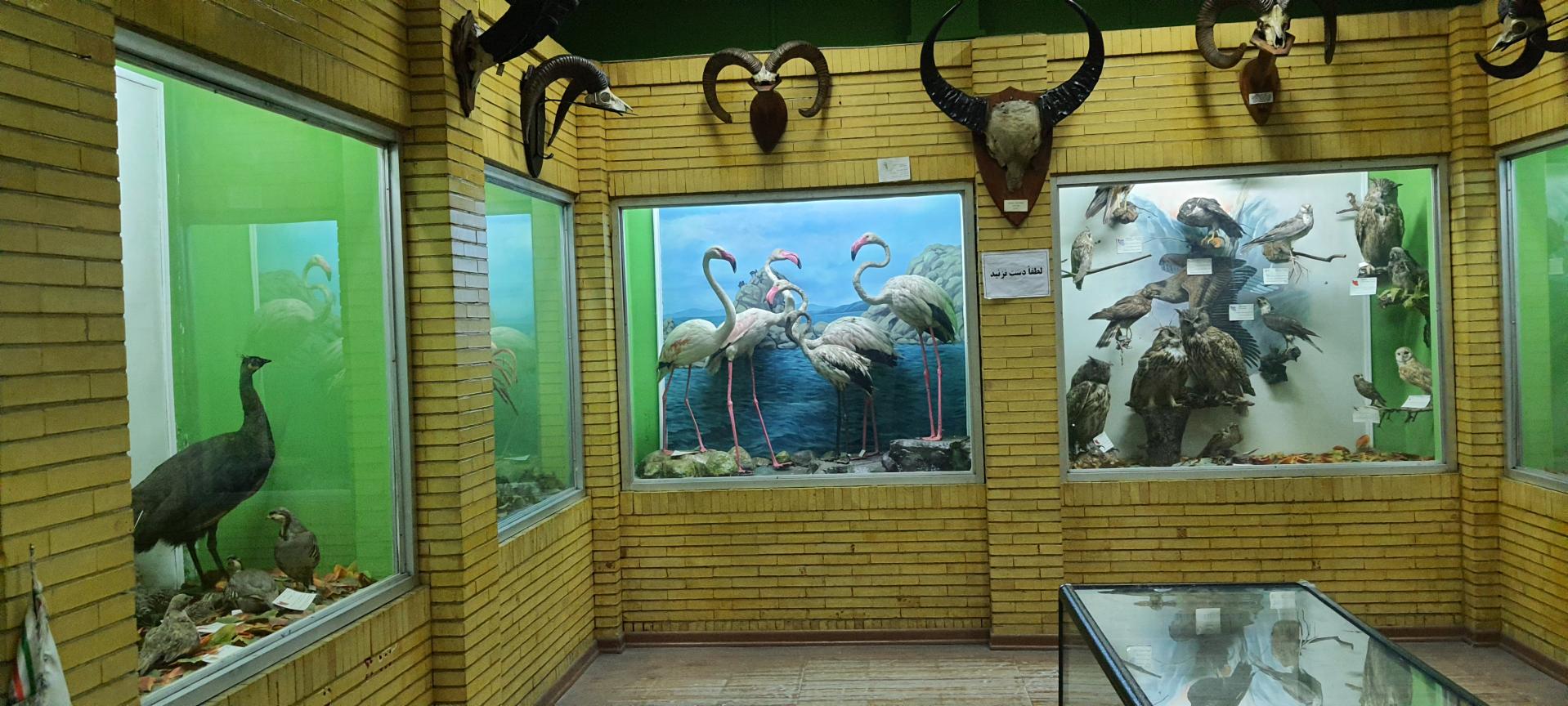
_crop_1.png)

